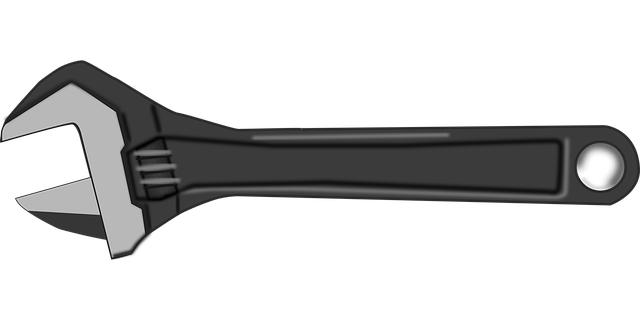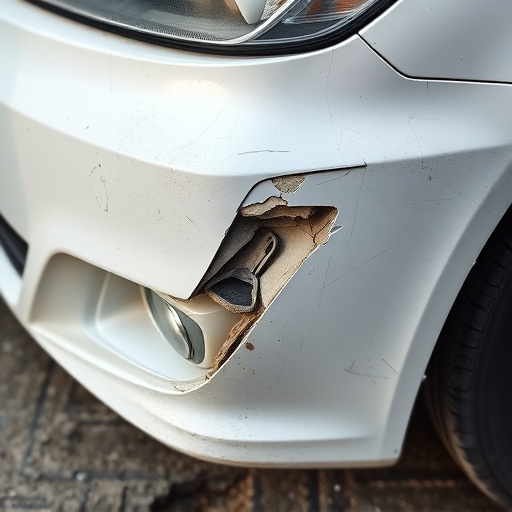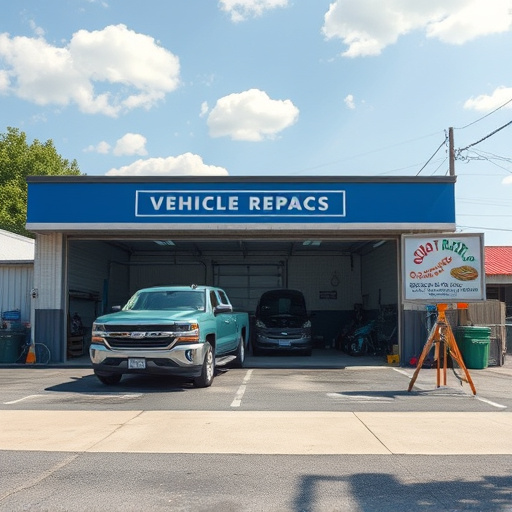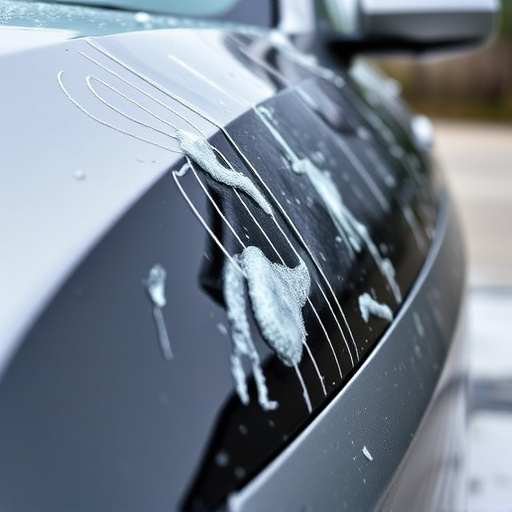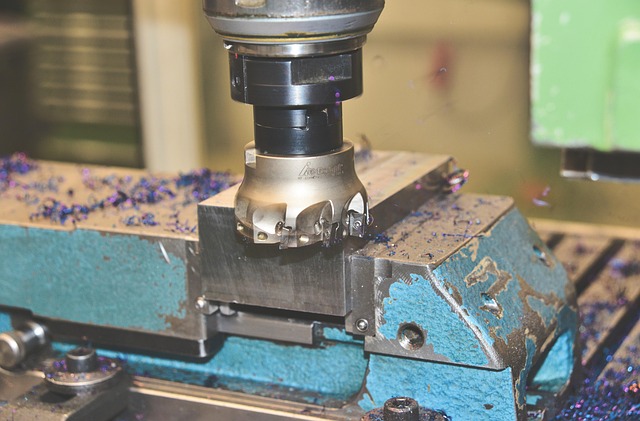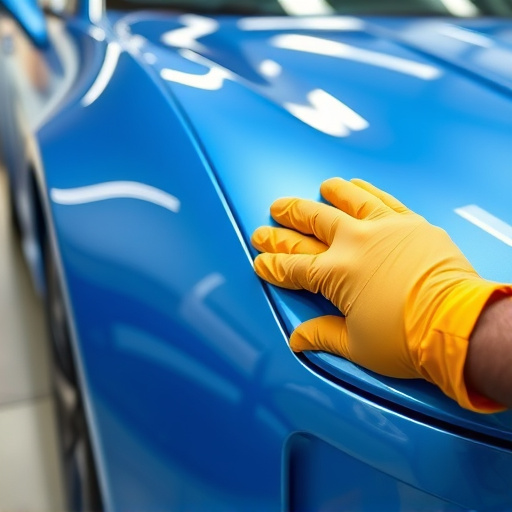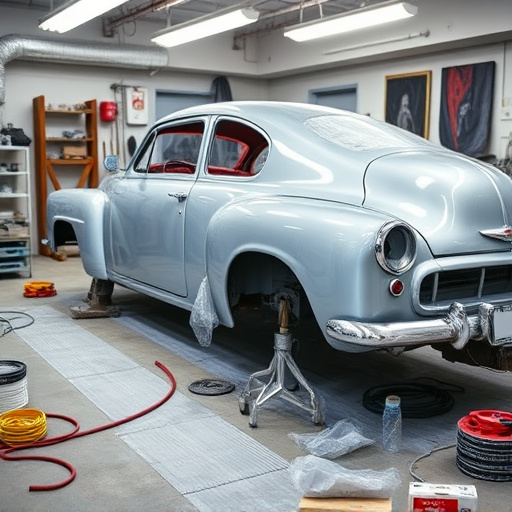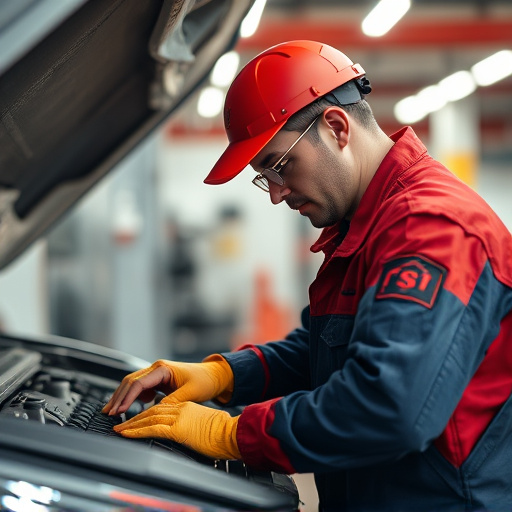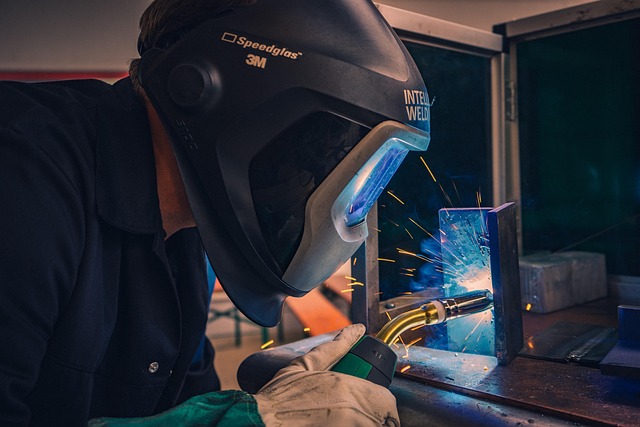Insurance-certified repairs ensure vehicle safety and streamline claims by adhering to industry standards. Choosing a reputable shop with certified technicians, using high-quality parts, and maintaining detailed records is crucial. Understanding your rights and responsibilities, including insurance company approved lists, ensures optimal repair outcomes.
Insurance-certified repairs are essential for ensuring quality and reliability in vehicle restoration after accidents or damages. This article delves into the key elements of these repairs, offering insights into understanding the process, selecting reliable professionals, and navigating claims efficiently. By exploring fundamental factors and your rights, you can make informed decisions, securing top-tier repairs that meet insurance standards. Stay guided on navigating the complexities of insurance-certified repairs with this comprehensive overview.
- Understanding Insurance-Certified Repairs: The Basics
- Key Factors to Ensure Quality and Reliability
- Navigating Claims: Your Rights and Responsibilities
Understanding Insurance-Certified Repairs: The Basics
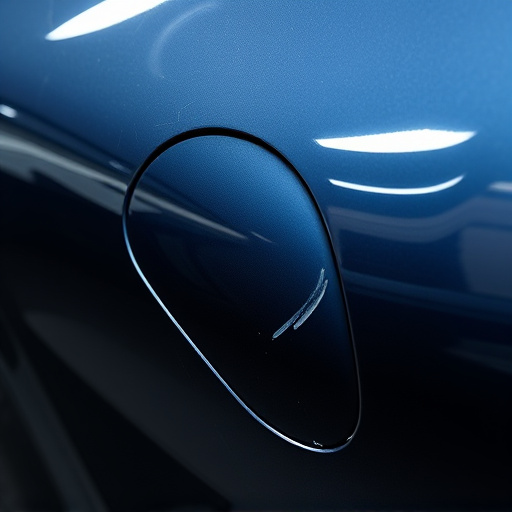
Insurance-certified repairs are a crucial aspect of ensuring that your car or vehicle is safely and effectively restored after an accident or damage. These repairs go beyond simple fixing; they involve adhering to specific standards and guidelines set by insurance companies and recognized repair organizations. The primary goal is to restore the vehicle to its pre-accident condition, minimizing any residual impact on performance, safety, and aesthetics.
When dealing with insurance-certified repairs, it’s essential to choose a reputable car collision repair shop that has experience and certification in this field. Such shops employ trained technicians who understand the intricacies of various types of damage, from minor bumps and scratches to significant structural issues. They use advanced equipment and high-quality parts, ensuring precise and lasting repairs. This not only guarantees the safety and reliability of your vehicle but also facilitates a smoother insurance claim process.
Key Factors to Ensure Quality and Reliability
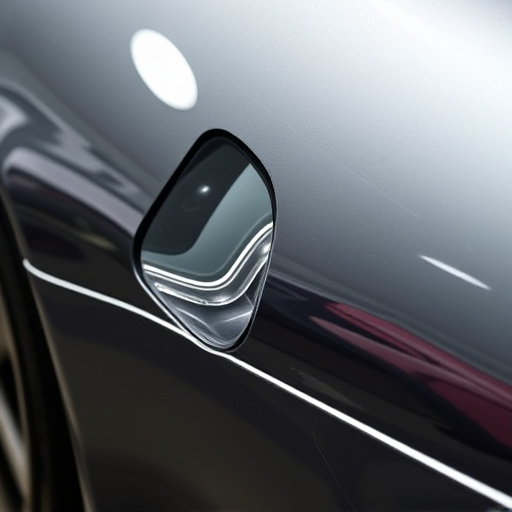
When it comes to insurance-certified repairs, several key factors ensure quality and reliability. Firstly, choose a reputable collision repair shop with experienced technicians who are trained in the latest auto body repair techniques. This not only guarantees precise restoration but also ensures that all work adheres to manufacturer standards, which is crucial for warranty validity, especially for high-end brands like Mercedes Benz collision repair specialists.
Additionally, look for shops that use genuine parts or equivalent certified alternatives. Using original equipment manufacturer (OEM) parts ensures that the vehicle’s structural integrity and performance remain intact, mirroring the quality of a Mercedes Benz collision repair job. Reputable shops also maintain detailed records of repairs, which are essential for insurance claims and future reference.
Navigating Claims: Your Rights and Responsibilities

Navigating Claims: Understanding Your Rights and Responsibilities is a crucial step when it comes to ensuring quality insurance-certified repairs. As a policyholder, you have specific rights and duties that come into play once you file a claim. Familiarizing yourself with these is essential for a smooth repair process.
When dealing with car bodywork services or even automotive restoration, it’s important to know that insurance companies typically provide guidelines and approved lists of collision repair services. You have the right to choose a reputable workshop, and your insurer should support this decision. Your responsibilities include providing accurate information about the incident, cooperating with the claims process, and ensuring all necessary documents are submitted. By understanding these rights and obligations, you can actively participate in the claims journey, guaranteeing that your vehicle receives the best possible insurance-certified repairs.
When considering insurance-certified repairs, understanding the key elements discussed in this article is essential. By focusing on quality materials, reputable professionals, and clear communication with your insurance provider, you can ensure a reliable and stress-free repair process. Remember, knowing your rights and responsibilities when navigating claims is crucial for a successful outcome. Embrace the benefits of insurance-certified repairs to protect your property and peace of mind.
